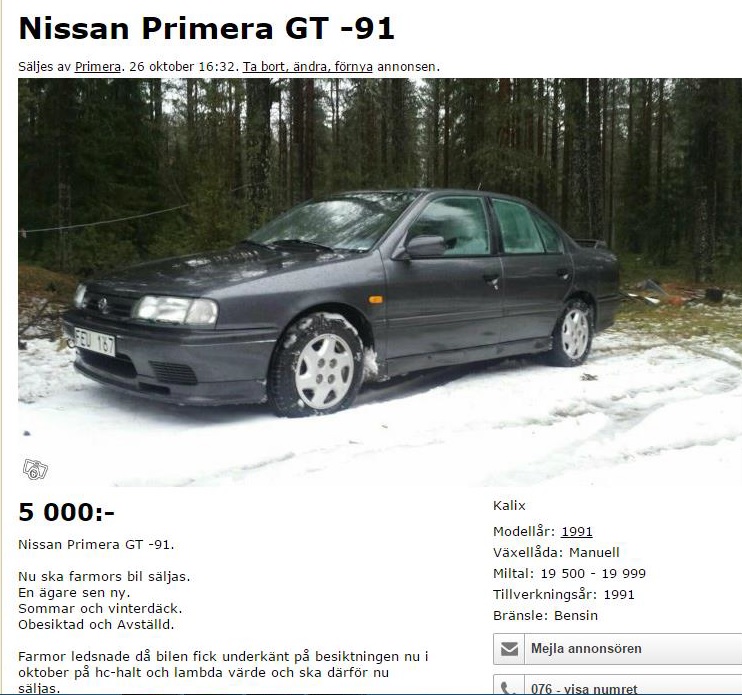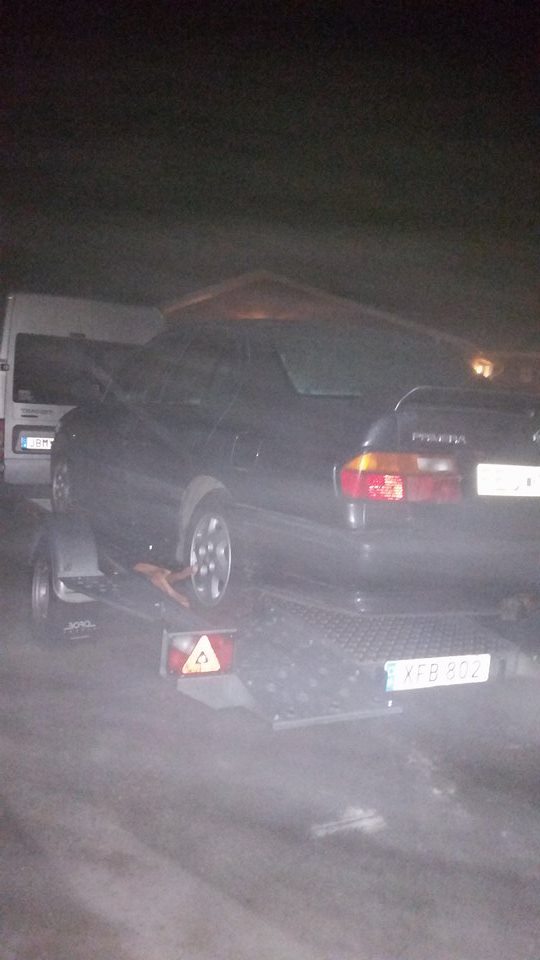Yes, the MkI body works so well with the flares...
The Sierra XR4x4 that donated the engine block for Tomas Capri was still outside his fathers tractor workshop. That got me thinking - it had an LSD rear end, and Tomas would gladly swap that for my work on his car. Free LSD, how hard can it be to fit a Sierra rear axle to a Capri?
I took the parts home and started to measure it up. Not impossible, I deemed... So I started to cut holes. As you do.
Then, I tried to fill them with something to bolt the Sierra beam to.
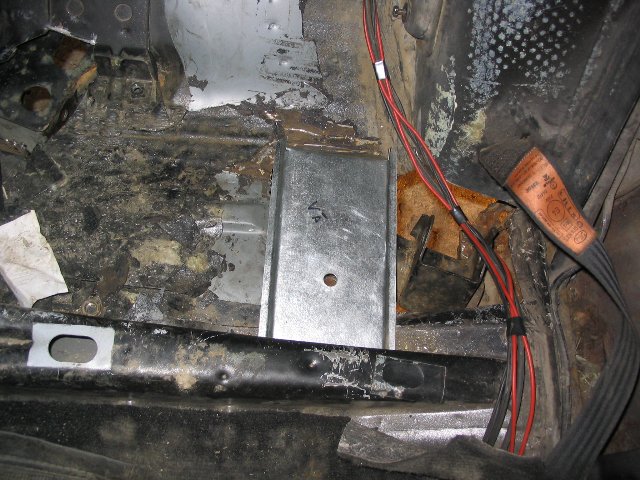
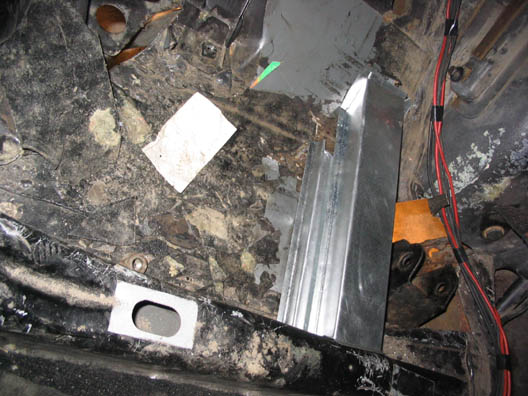
I wanted to make sure I could get the car low enough, that meant more fabrication that really necessary. The mounting points are something like 15-20 mm above the Capri standard floor line. But I reasoned it is always easier to space the beam downwards if necessary.
Clearance check:
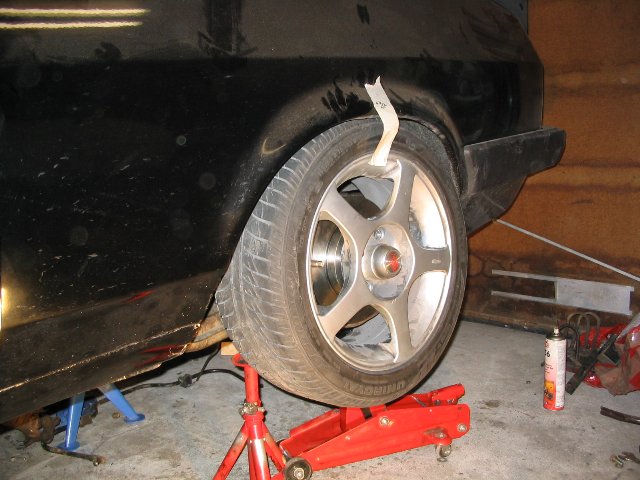
With Sierra wheels it would just clear the arches.
This was April or May but still lots of fabrication to do before the car would run. I had set a deadline for the local dragrace, in mid-July, and I got the car running just a couple of days before. But it did run. The LSD was a bonus but I had issues with wheel hop. And the wheels I used were Tomas old front wheels, running narrow tyres.
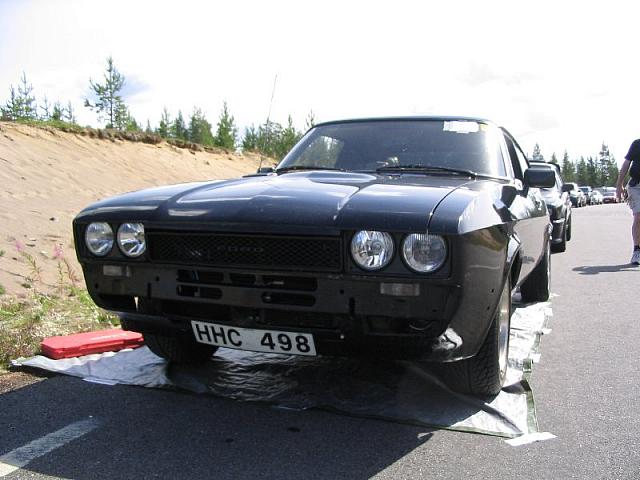
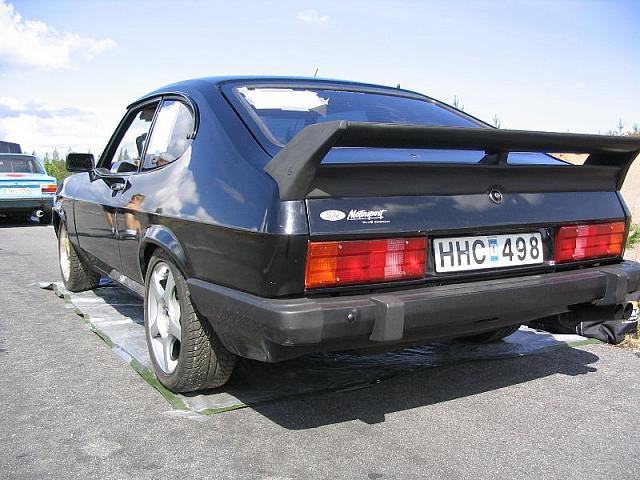
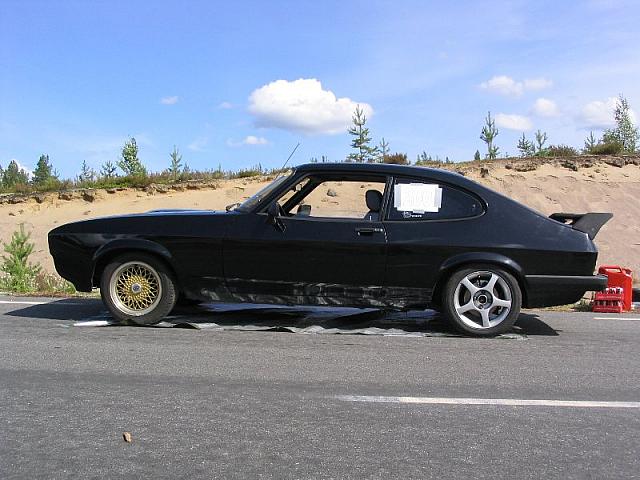
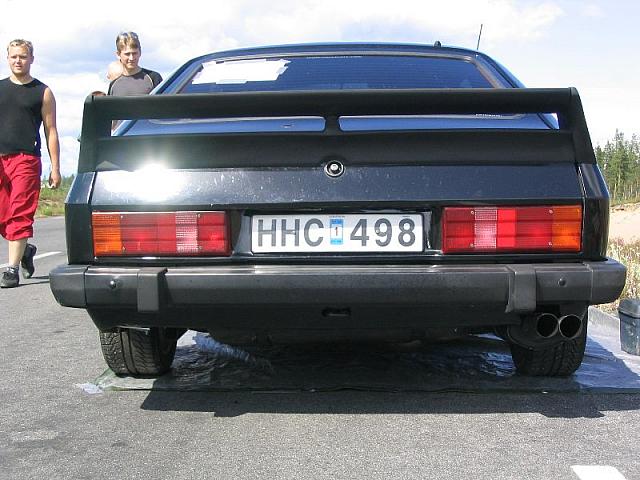
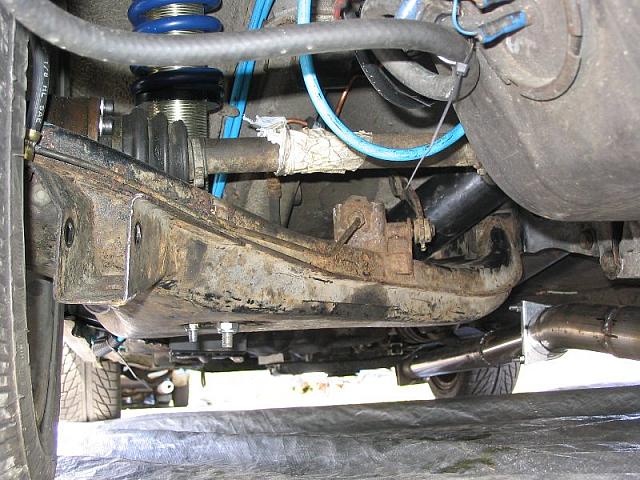
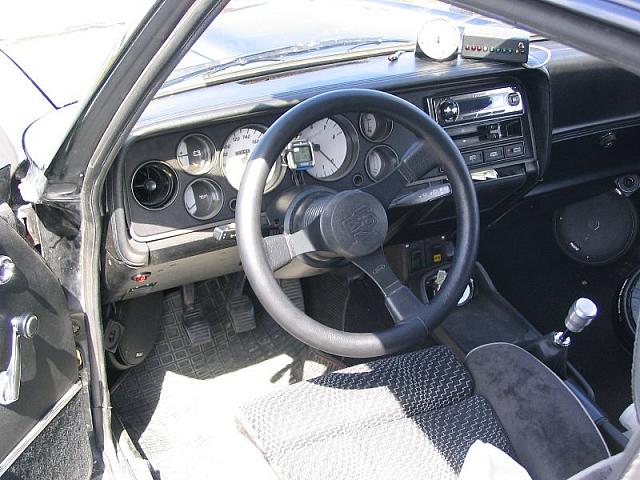
It was a rush to get it there, not all things were pretty (few were, to be honest) but at least it drove. I also see that I sometime made some interior changes - the brown seats were swapped to Opel Monza Recaros, and the brown dash and door cards were also swapped for black parts.
Now, the Sierra rear wheels did not look too god. I decided to see what could be done to fit Capri offset wheels again (to have a matched set).
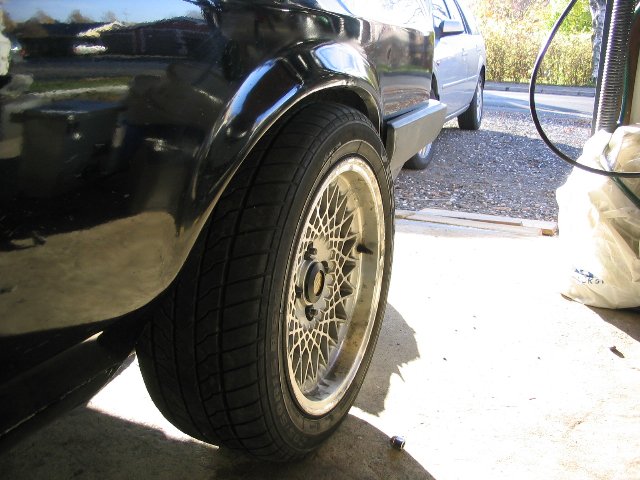
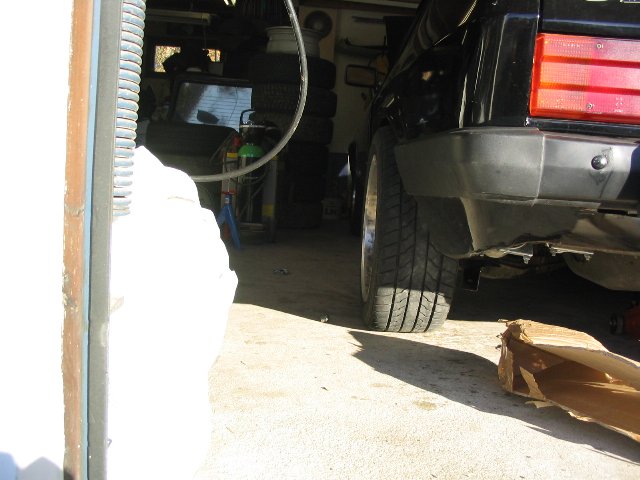
Close enough for some rolling? Maybe it could have been, if the arches wouldn't have been made of filler :-/ Thank you PO!
Time for plan B, MkII Escort forest arches. No, they don't "fit"...but...
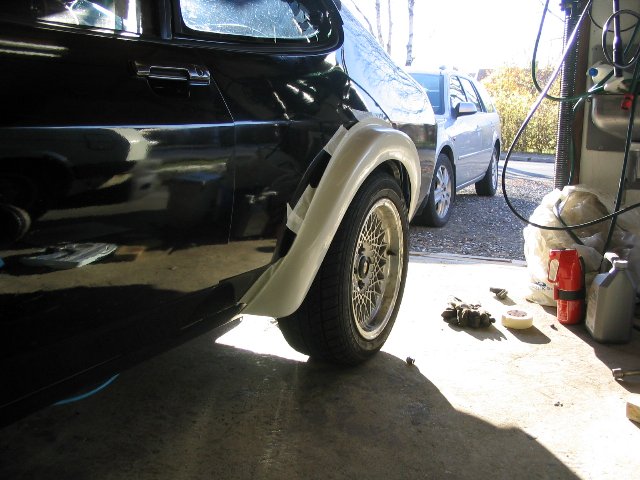
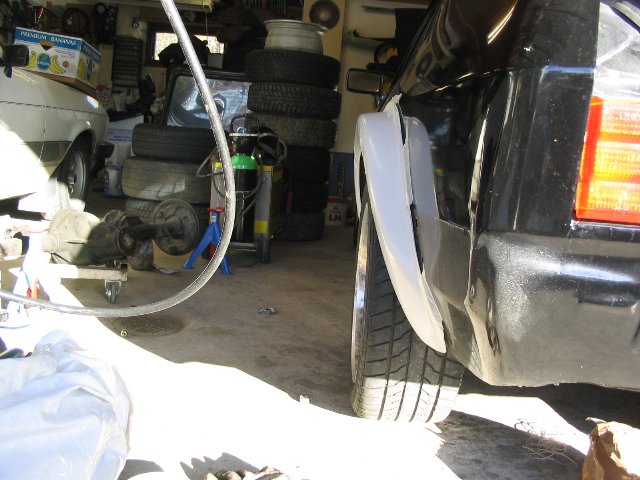
Not too far away so I decided they would be part of the plan for 2006.
The rest of 2005 was spent on different sized wheels front to back. Hey, at least I got to drive!
I also decided to do something about the LSD. Gearboxman services and overhauls the Sierra viscous LSD and offered to tighten it up a bit.
But before I sent it off, I couldn't resist opening it up to see what's in there. Goo is in there.
While I was "diff-less" I popped some nice yellow bushes into the beam too.
In June 2006 the car was up and running again, now with a wider bum.
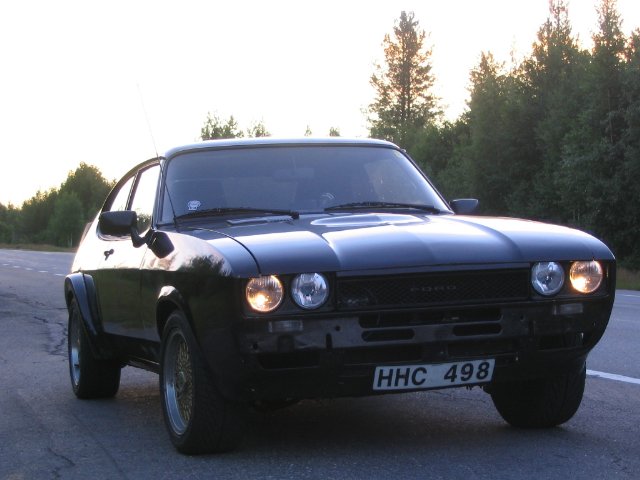
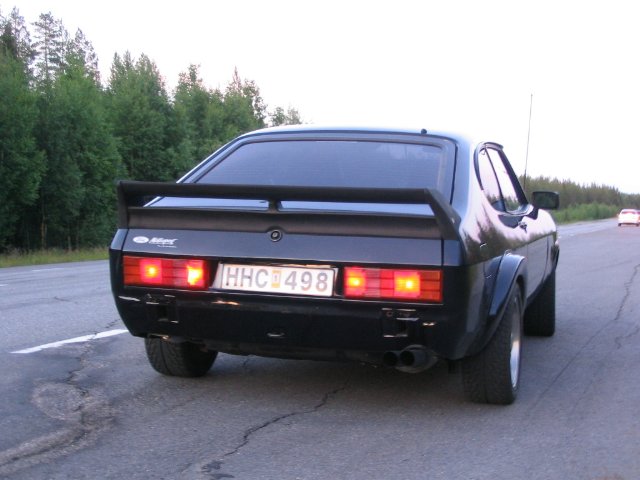
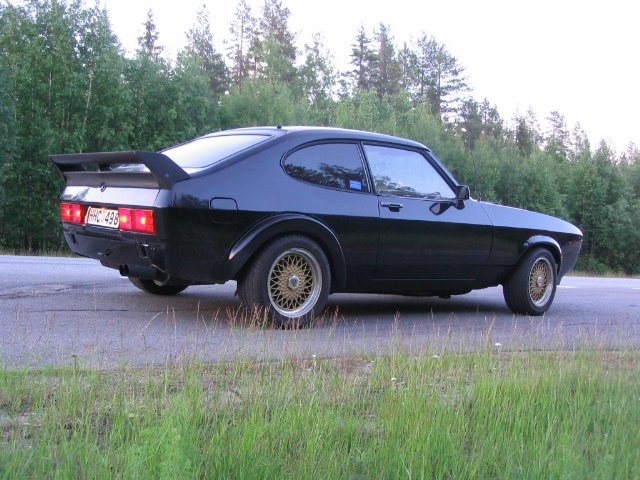
Still loads of wheel hop though. Tried messing with the rear damper settings, other springs, and it got a little bit better. The uprated LSD was a nice improvement at least.
For the next race I redesigned the boost control system, the Saab APC system was ditched and a new wastegate actuator fitted. The boost was set to 1,2 bar and spool was very quick. But the first round gave no boost at all? I had made a mistake fitting the actuator so it loosened off. Tightened it back up for round two and then I had severe over boost and hit the boost cut hard. Still improved the trap speed by 10 km/h (165 km/h, just over 100 mph). On the right track!
Third run with reset boost. Felt great in the water but started running on 3 cylinders on second gear :-(
A quick compression test with my thumb showed no compression at all on cylinder no 1. Game over, just try to find a trailer and take it back home.
I pulled the engine:
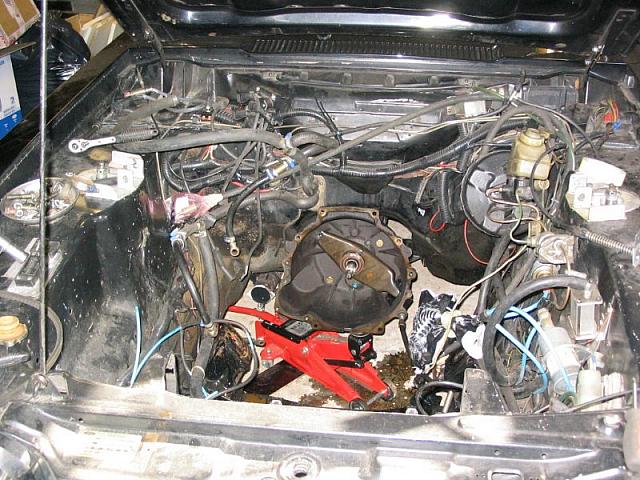
Then whipped the head off to find...a broken follower?!
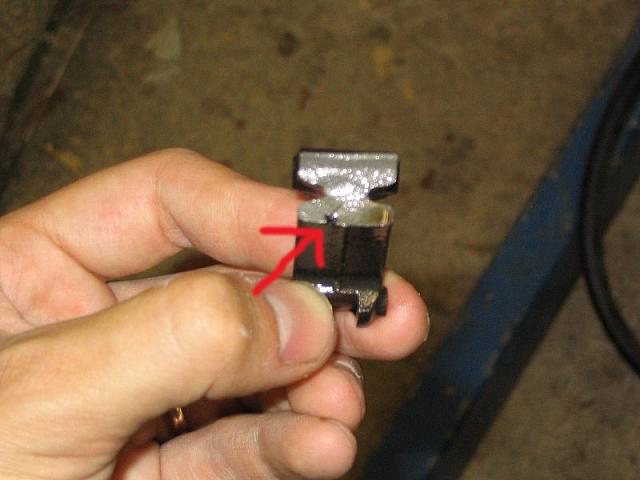
It does seem to have a slight casting flaw where the arrow points...not sure if that's what made it snap or not. No other faults were seen so I was a bit annoyed that I pulled the engine. Could I just have swapped in another lifter and continued the race?
Well, I decided to get a new set of lifters and put it all back together.
The engine ran, but smoked and the compression was still down on cylinder 1. Well, it was worth a try...
To cheer myself up a built a chrome strut brace.
But I knew I had to pull the engine again and probably be greeted by a cracked piston. So 2006 was over...
Gustaf





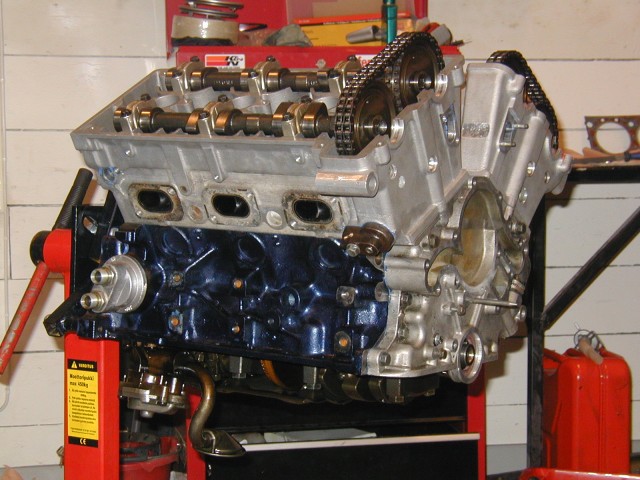
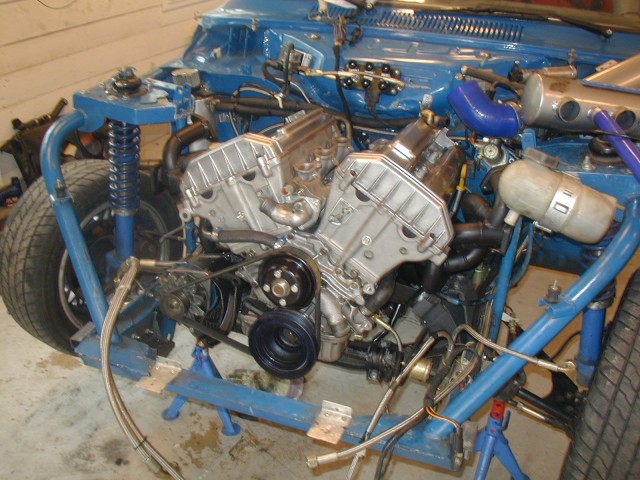

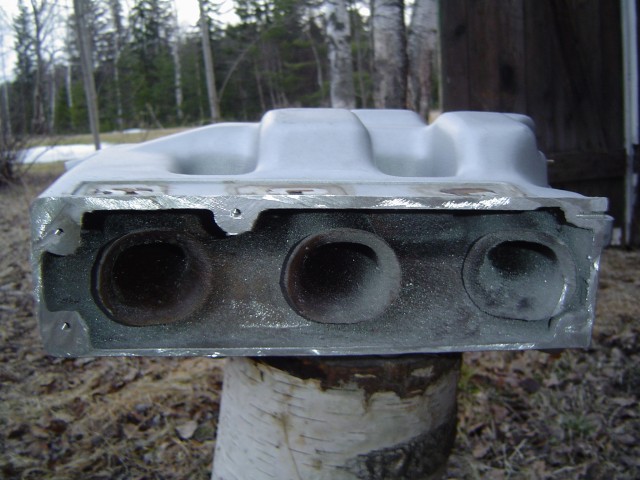
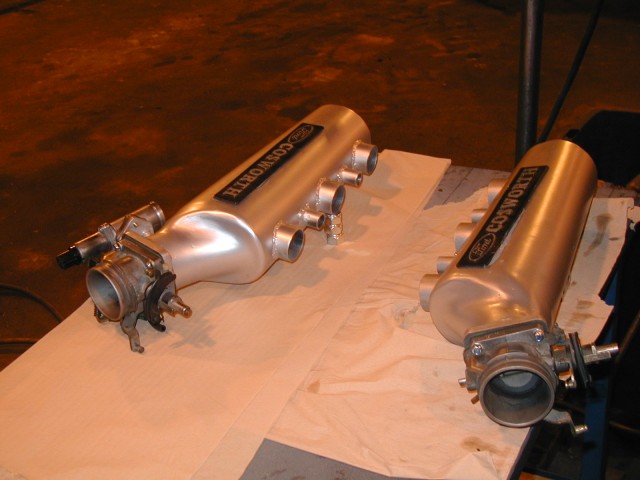
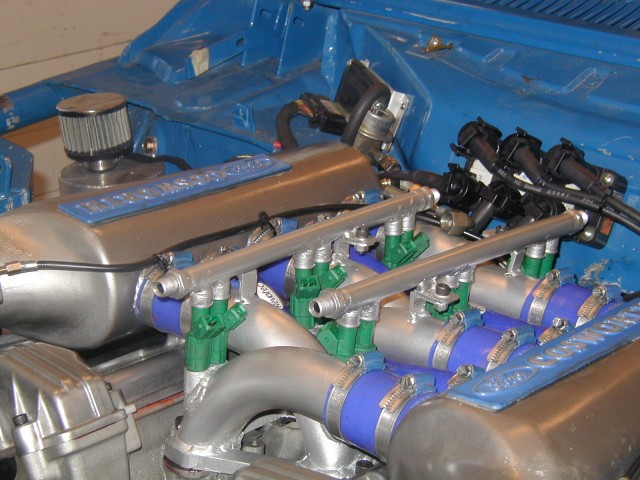
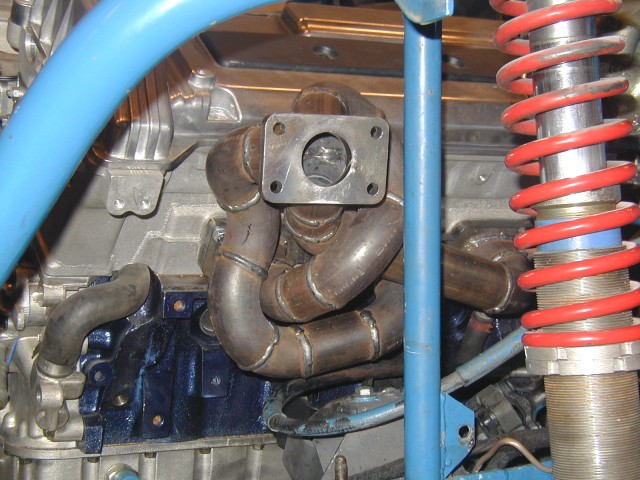
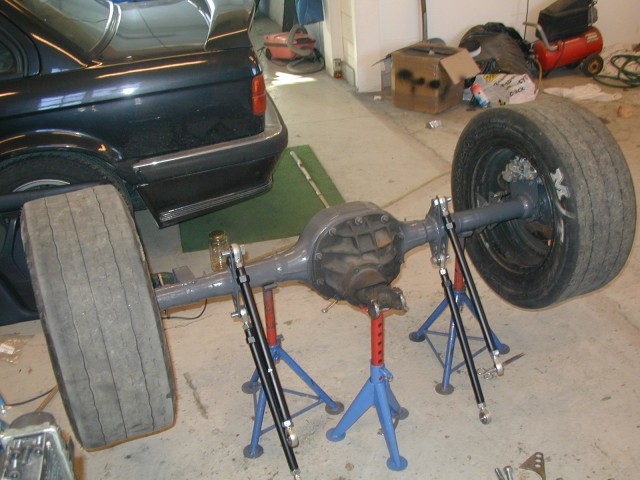
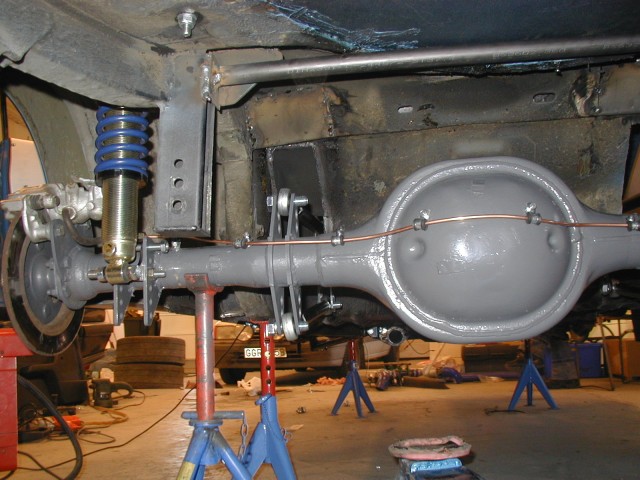
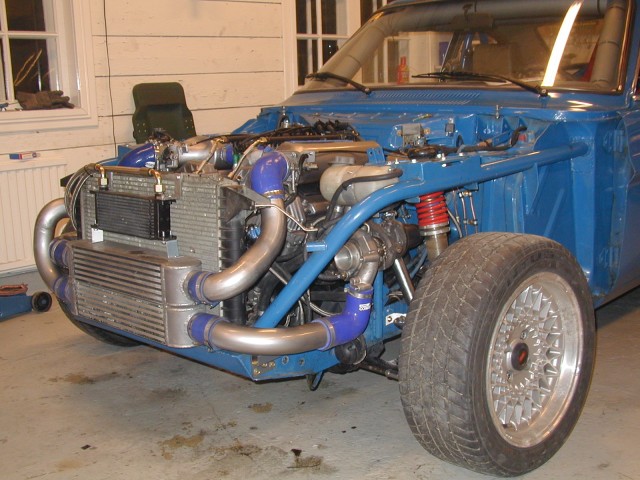
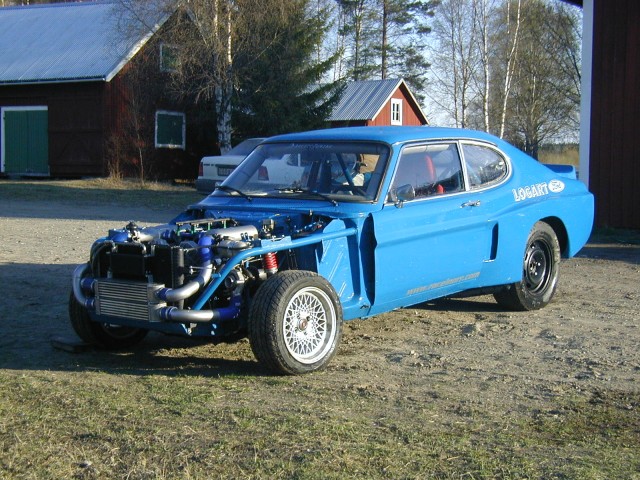
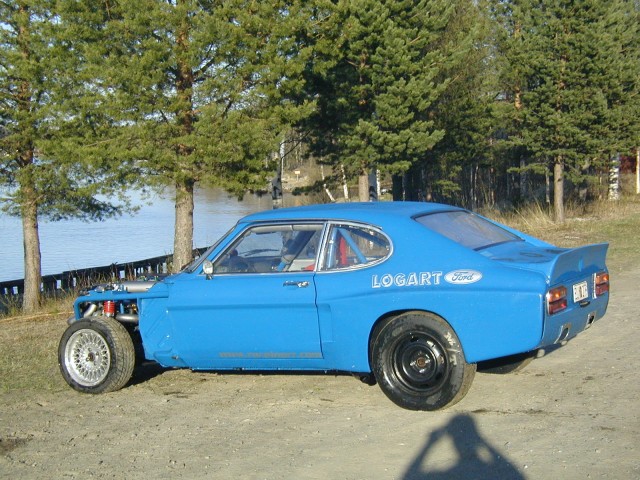
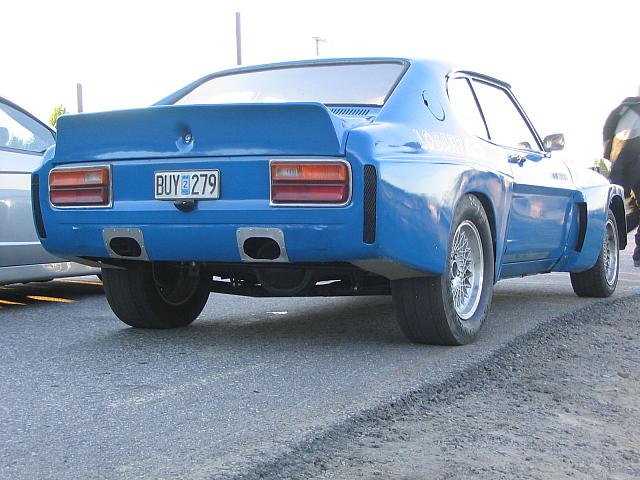
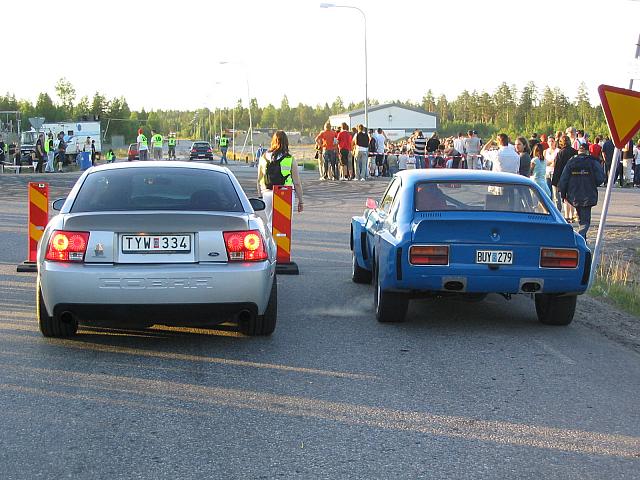
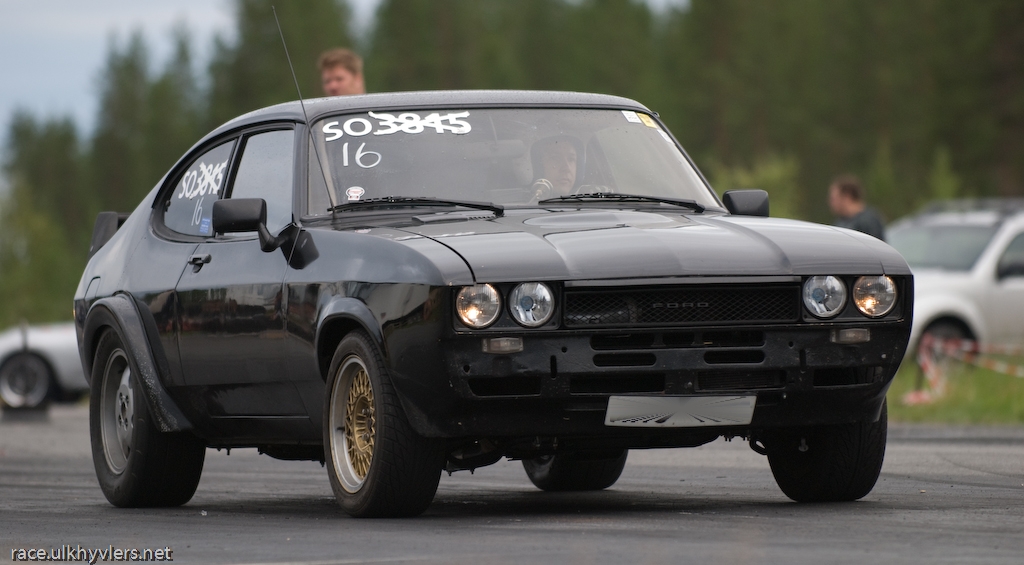
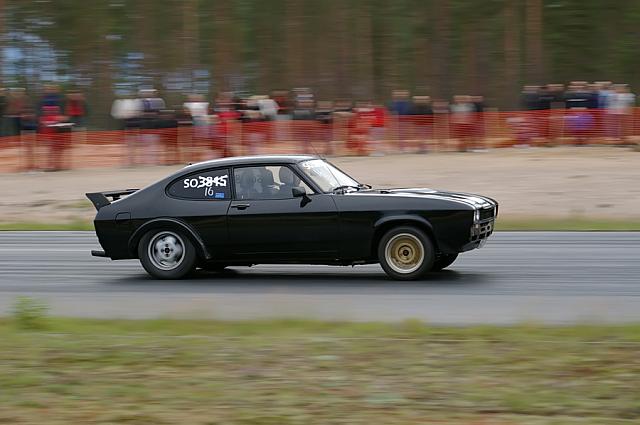
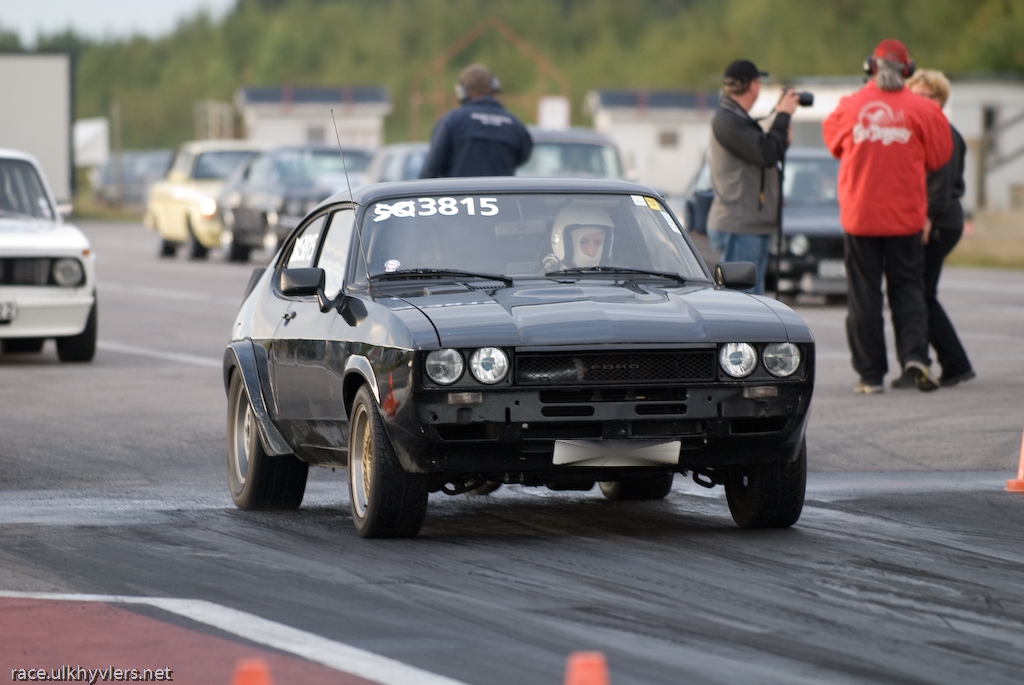
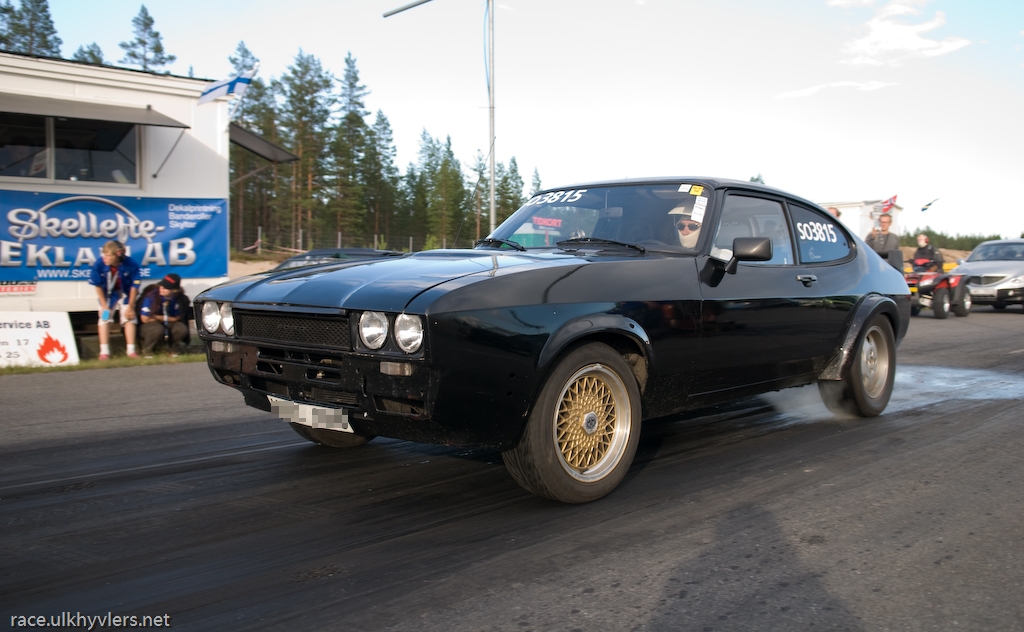
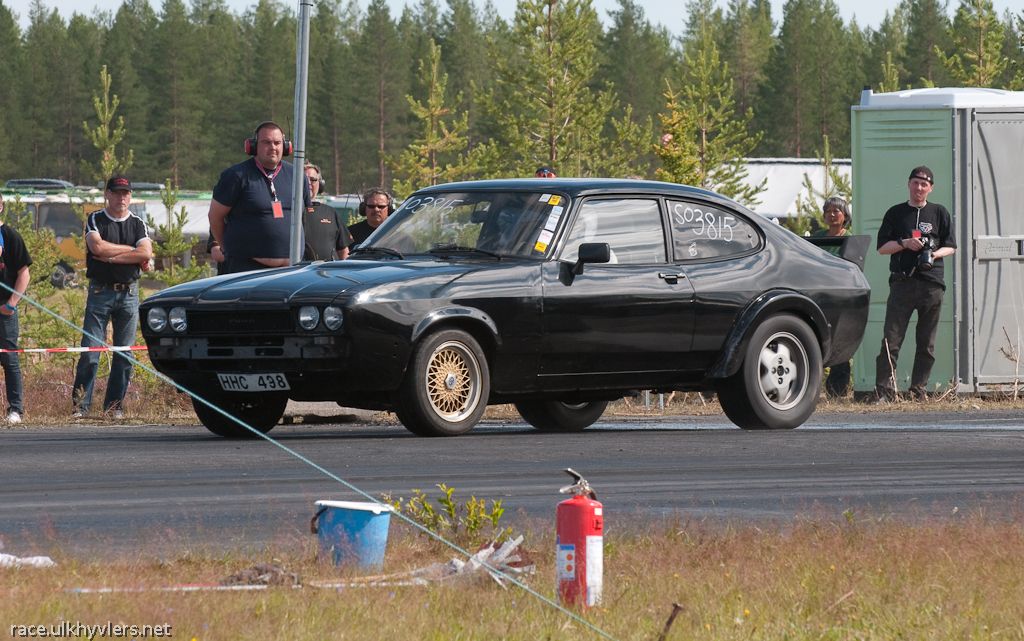


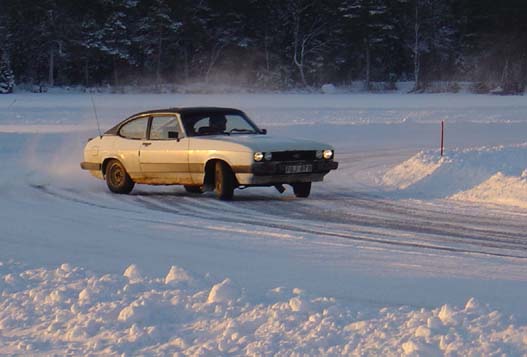
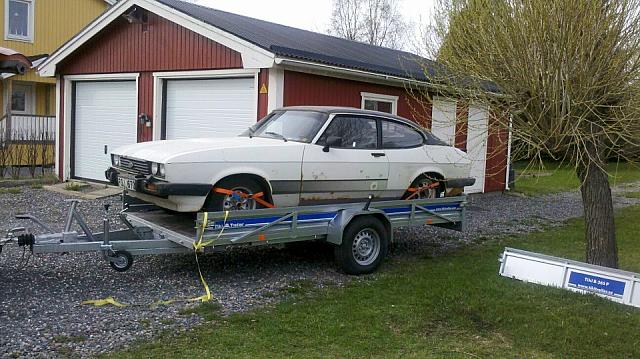
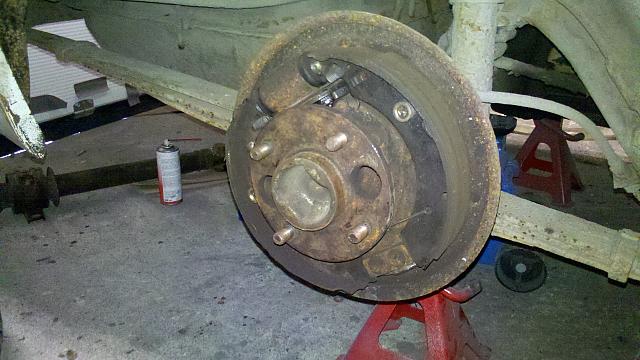
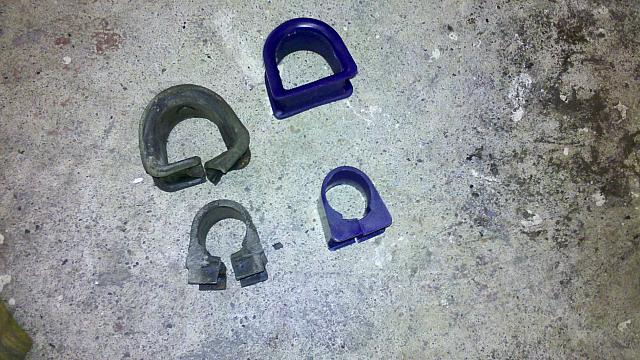
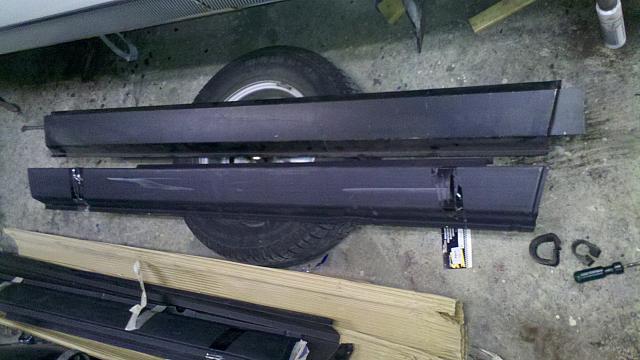
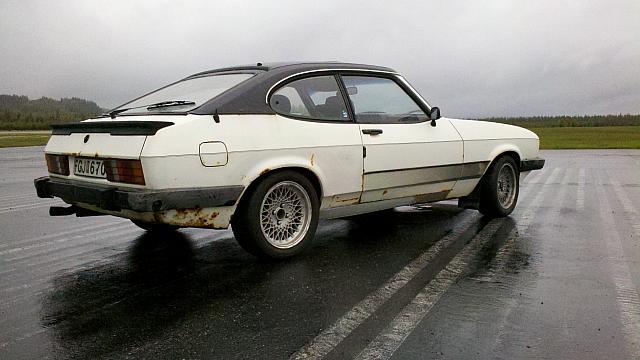
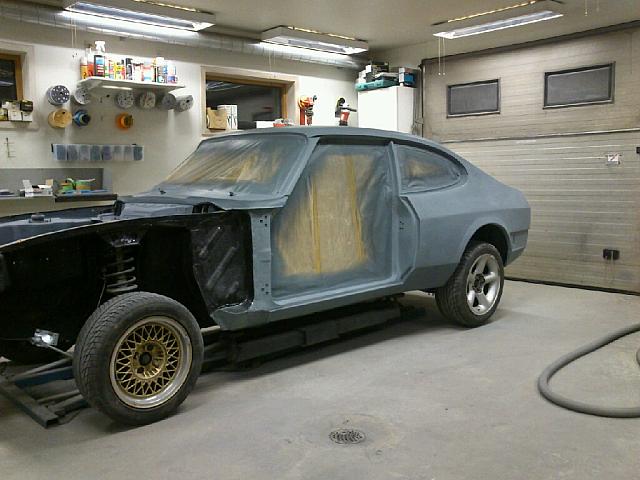
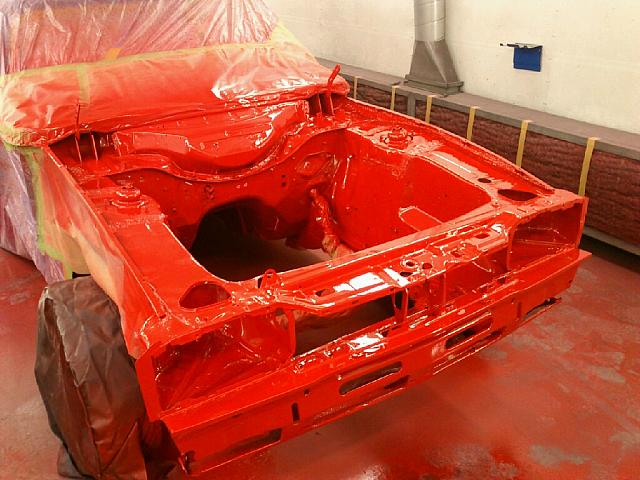
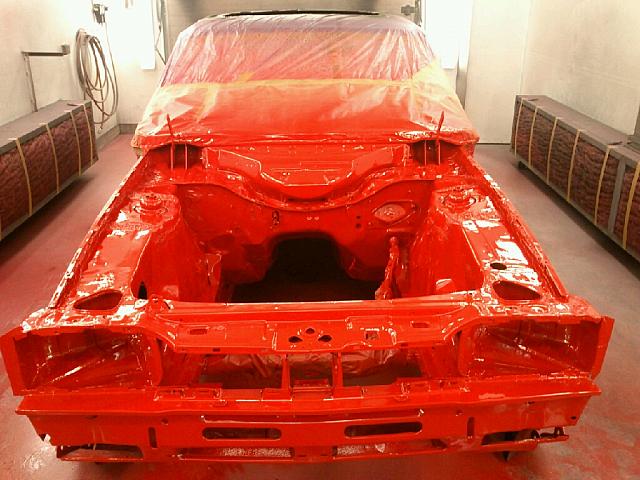
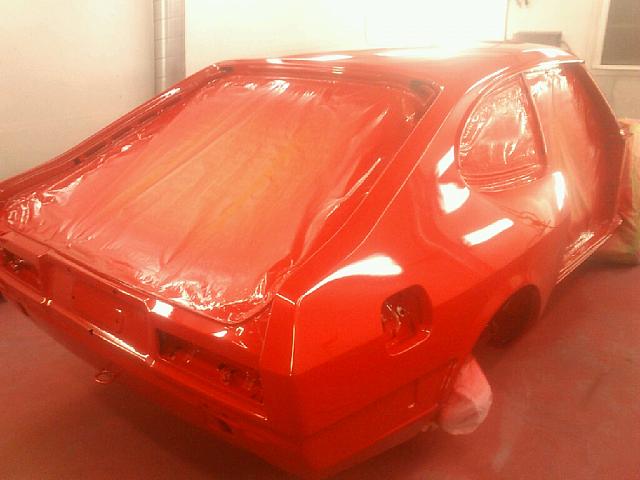

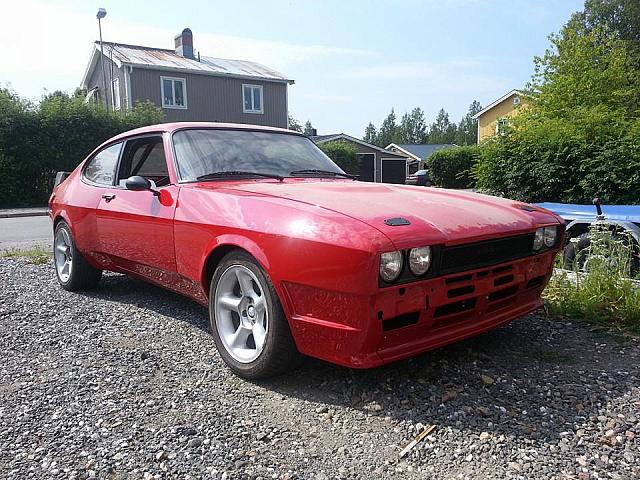
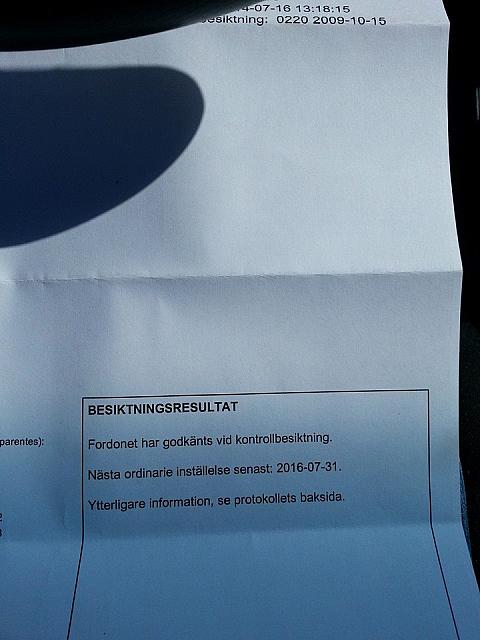

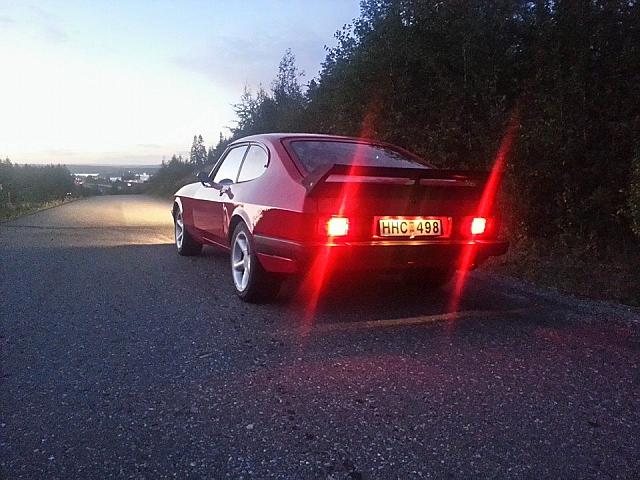
.jpg)

